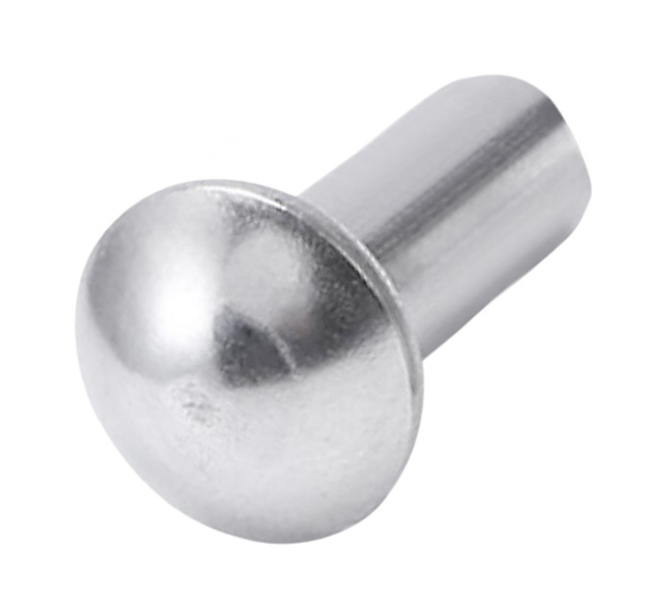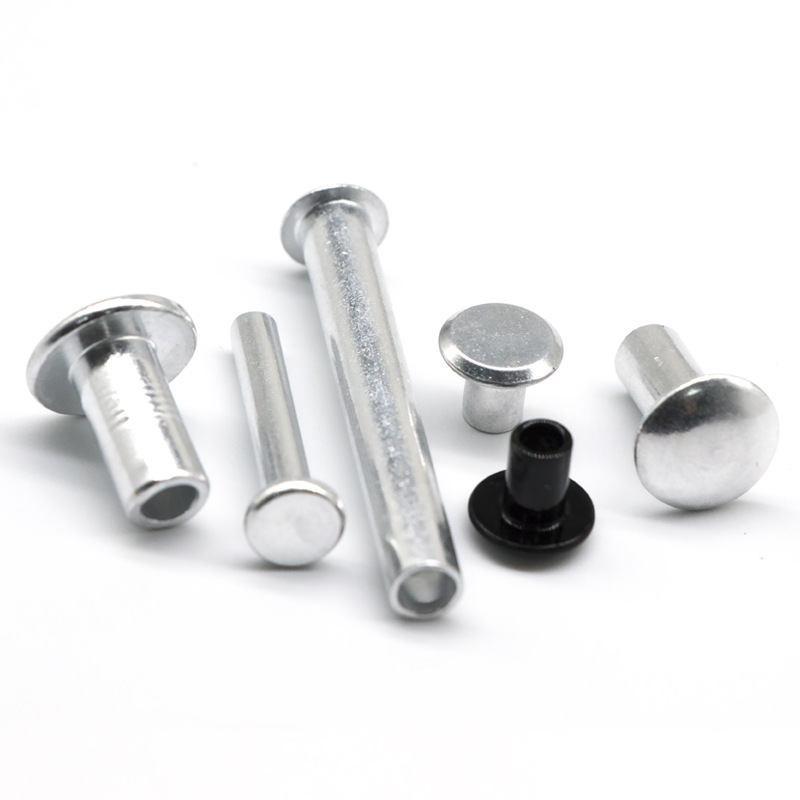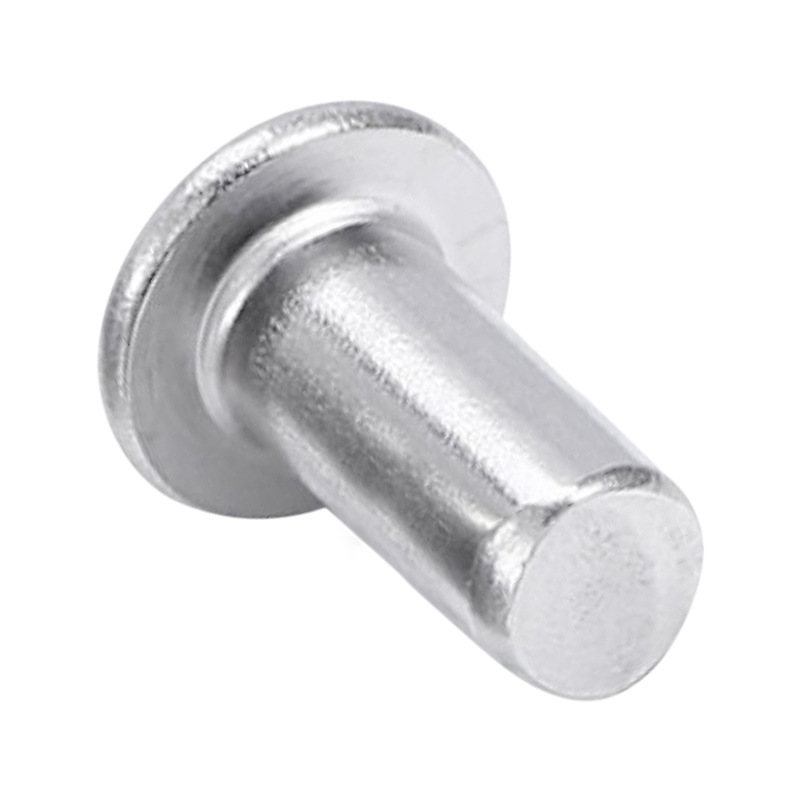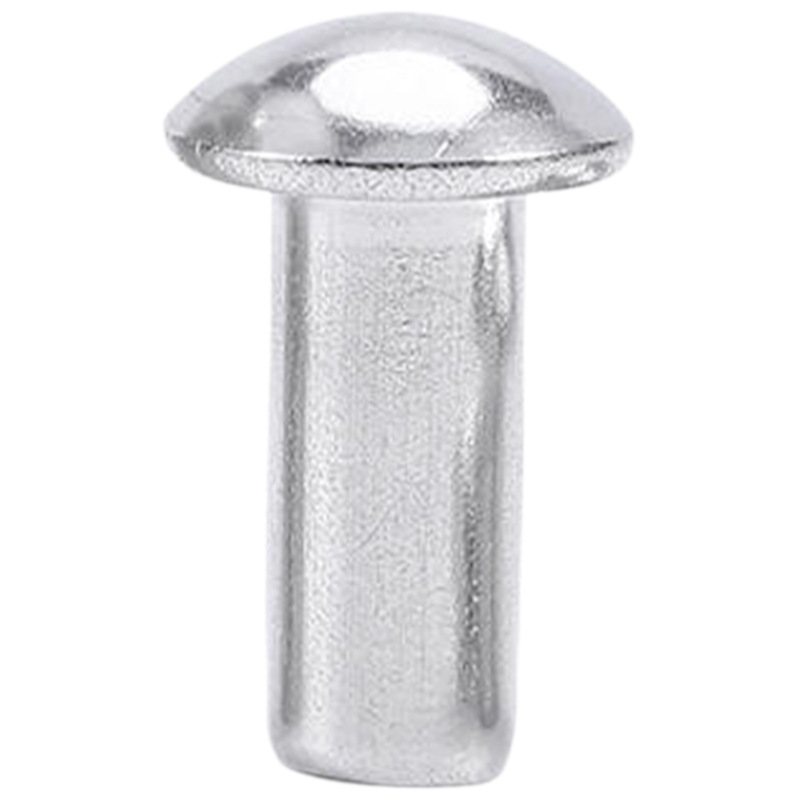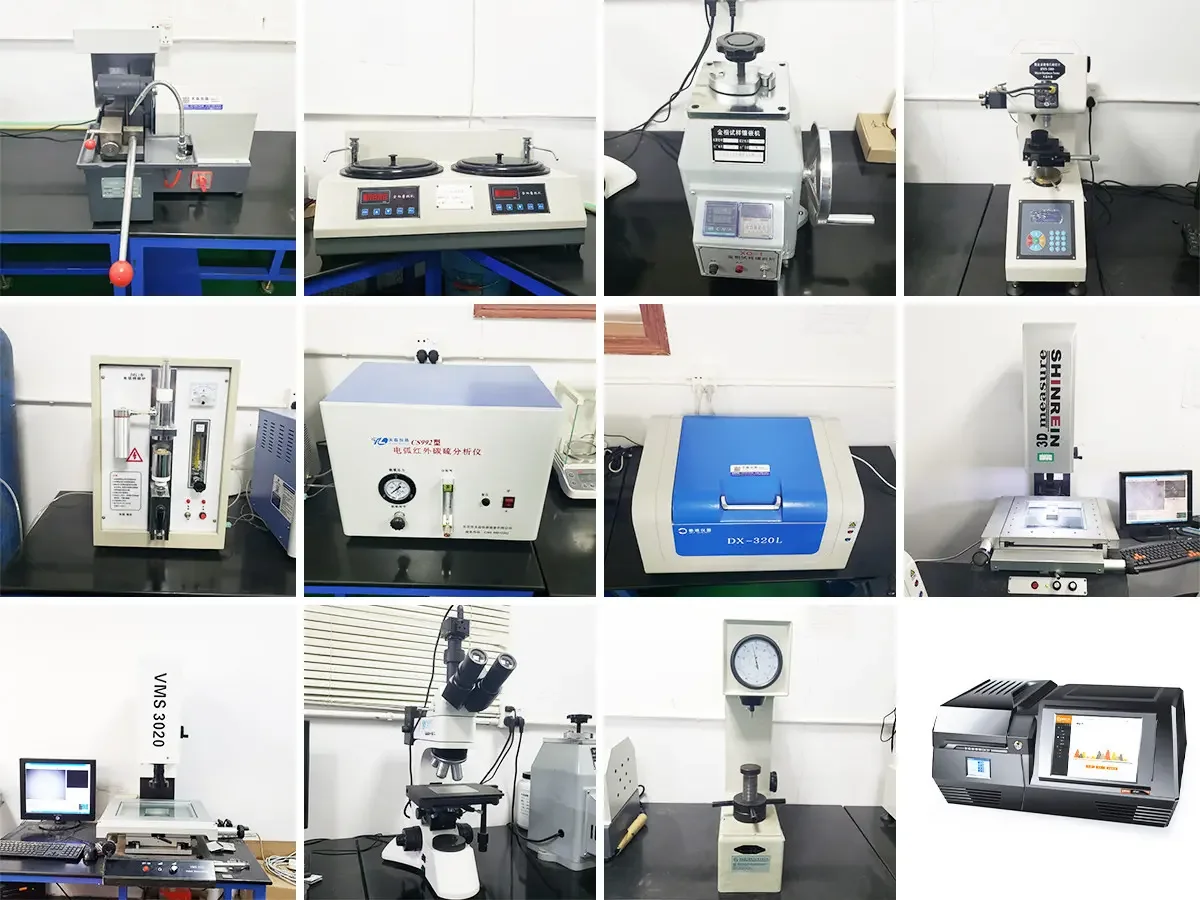Others
-

Two Ends Threaded Hanger Bolts Double Headed Bolts Wood Dowel Screw Furniture Screws Double Screw Threaded Rods Bolt
Hanger Bolts are headless bolts used primarily in wood applications to add an external thread. One side has a self-tapping lag thread for use in wood, while the other end has UNC threads to accept a standard nut. Ideal for applications that require a removable fixture or other fastenings into wood.
Materials:Carbon steel, Stainless steelSize:Customized as per detailed sizes or drawingsMOQ:1,000pcs above, depends on products or dimensionsCertification:ROHS, SGS, etcSample lead time:3-7 working days mostlyMassive lead time:10-15 working days mostlyTrade terms:EXW/FOB/CIF/CNF/FCA/DAP/DDP/DDUPayment:T/T, Paypal,West Union,L/C etcPackage:PE bags + brown carton + pallets or customized as demands -

Customized size Heavy Duty Leveling Screw Leg Adjustable Feet Leveler Foot for Furniture Mechanical
- Durable Construction: Made from high-quality stainless steel, carbon steel, and steel materials, these leveling feet are built to withstand heavy loads and provide long-lasting performance.
- Customized Size Options: Available in various sizes, including M8, M10, and M12, these leveling feet can be customized to fit specific user requirements, ensuring a precise fit for any furniture or mechanical application.
- Adjustable and Versatile: Equipped with a leveling screw leg, these feet can be easily adjusted to ensure perfect leveling and stability, making them suitable for a wide range of industries, including furniture, industry, and others.
- Multiple Finish Options: Available in zinc-plated, polishing, and plain finishes, these leveling feet can be tailored to meet specific user preferences and requirements, ensuring a seamless integration with existing equipment or furniture.
- Compliance with International Standards: Certified to ISO 9001:2015, these leveling feet meet the highest standards of quality and safety, providing peace of mind for users who require products that meet rigorous international standards.
-

Hot Selling Carbon Steel DIN6885 GB1096 Type A Double Round Ends Shaft flat Parallel Key
Product name:Flat keysSIZE: M3-M18
Material:Stainless steel, carbon steel
Length:Customized
Delivery time: 7-15 Days
Packing: Wooden Pallet -
![[Copy] GB873 Large flat head rivet with half round head rivet](https://cdn.globalso.com/hsfastener/1728620819124.png)
[Copy] GB873 Large flat head rivet with half round head rivet
product name : half-round head rive
Model: M8*50;M10*70
Material: carbon steel
Color: Black, white, zinc color plating
Category: Half round head rivets are used as fasteners for riveting on steel structures such as boilers, Bridges and containers. Riveting is characterized by non-detachable, if you want to separate the two riveted parts, you must destroy the rivetProduct packaging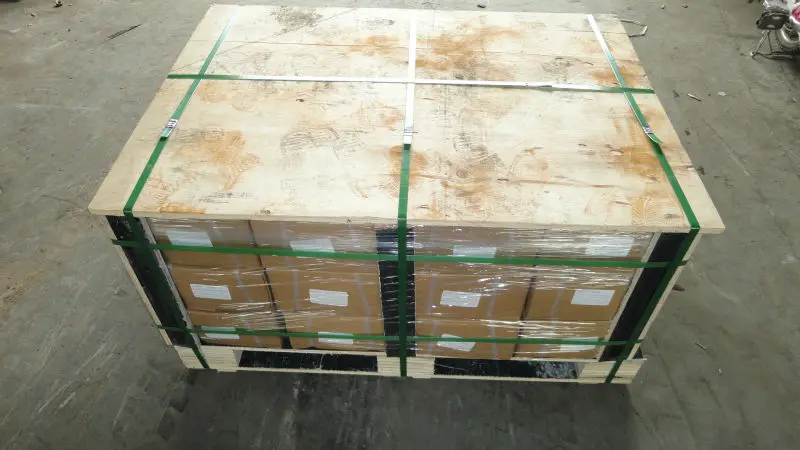 Packaging
Packaging
1, Packed with Carton: 25kg / Carton, 36 Cartons / Pallet.
2, Packed with Bags: 25kg / Gunny Bag , 50kg / Gunny Bag
4, Packed with Box: 4 Boxes in one 25kg Carton , 8 Boxes in one Carton.
5, The package will according to the customers requests. -
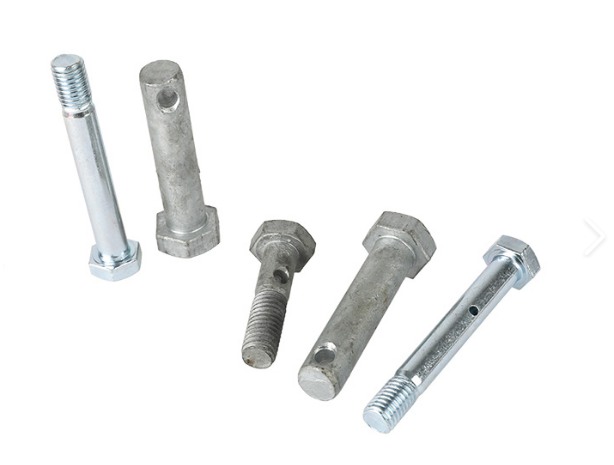
Non-standard Fastener
Non-standard fasteners refer to fasteners that do not need to correspond to the standard, that is, fasteners that do not have strict standard specifications, can be freely controlled and matched, usually by the customer to put forward specific requirements, and then by the fastener manufacturer Based on these data and information, the manufacturing cost of non-standard fasteners is generally higher than that of standard fasteners. There are many types of non-standard fasteners. It is because of this characteristic of non-standard fasteners that it is difficult for non-standard fasteners to have a standardized classification.
The biggest difference between standard fasteners and non-standard fasteners is whether they are standardized. The structure, size, drawing method, and marking of standard fasteners have strict standards set by the state. (Parts) parts, common standard fasteners are threaded parts, keys, pins, rolling bearings and so on.
Non-standard fasteners are different for each mold. The parts on the mold that are in contact with the product glue level are generally non-standard parts. The main ones are the front mold, the rear mold, and the insert. It can also be said that apart from screws, spouts, thimble, aprons, springs, and mold blanks, almost all are non-standard fasteners. If you want to purchase non-standard fasteners, you should generally provide design input such as technical specifications, drawings and drafts, and the supplier will evaluate the difficulty of non-standard fasteners based on this, and preliminary estimate the production of non-standard fasteners. Cost, batch, production cycle, etc.A Non-Standard Size-Handan Haosheng Fastener
- An uncommon size or thread alone is often enough to require custom machining
- Made from an uncommon material and/or requires material traceability
- Has uncommon coating or other requirements
-

Carriage Bolt/Coach bolt/ Round-head square-neck bolt
carriage bolt
A carriage bolt (also called coach bolt and round-head square-neck bolt) is a form of bolt used to fasten metal to metal or, more commonly, wood to metal. Also known as a cup head bolt in Australia and New Zealand.
It is distinguished from other bolts by its shallow mushroom head and the fact that the cross-section of the shank, though circular for most of its length (as in other kinds of bolt), is square immediately beneath the head. This makes the bolt self-locking when it is placed through a square hole in a metal strap. This allows the fastener to be installed with only one tool, a spanner or wrench, working from one side. The head of a carriage bolt usually is a shallow dome. The shank has no threads; and its diameter equals the side of the square cross-section.
The carriage bolt was devised for use through an iron strengthening plate on either side of a wooden beam, the squared part of the bolt fitting into a square hole in the ironwork. It is common to use a carriage bolt to bare timber, the square section giving enough grip to prevent rotation.
The carriage bolt is used extensively in security fixings, such as locks and hinges, where the bolt must be removable from one side only. The smooth, domed head and square nut below prevent the carriage bolt from being unlocked from the insecure side
-

NYLON NUT
A nyloc nut, also referred to as a nylon-insert lock nut, polymer-insert lock nut, or elastic stop nut, is a kind of locknut with a nylon collar that increases friction on the screw thread.
-
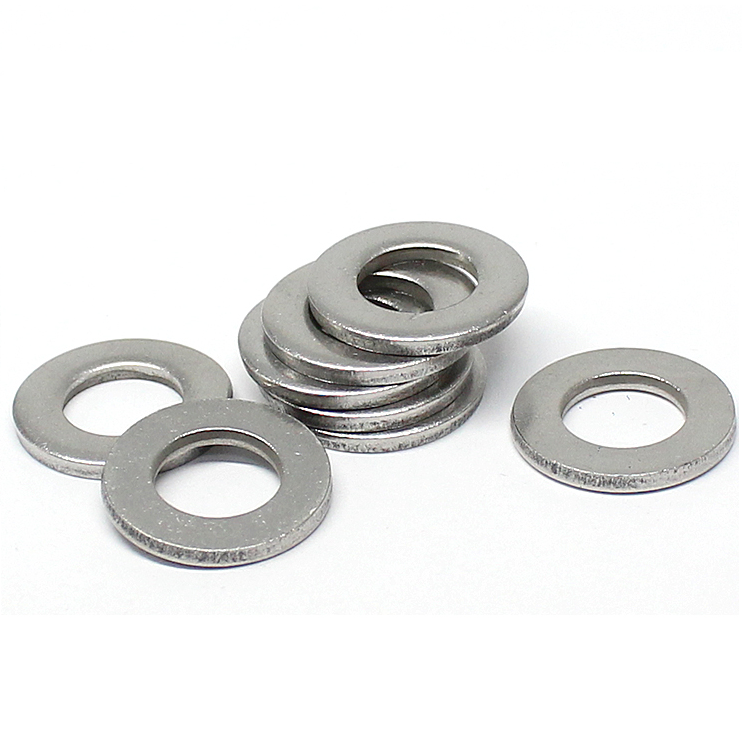
Flat Washer
Washer most commonly refers to:
Washer (hardware), a thin usually disc-shaped plate with a hole in the middle typically used with a bolt or nut
-

Threaded Rod
DIN975,A threaded rod, also known as a stud, is a relatively long rod that is threaded on both ends; the thread may extend along the complete length of the rod. They are designed to be used in tension.Threaded rod in bar stock form is often called all-thread.
1. Material:Carbon Steel Q195, Q235, 35K, 45K,B7, SS304 , SS316
2. Grade: 4.8,8.8,10.8, 12.9; 2, 5, 8, 10 ,A2, A4
3. SIZE: M3-M64, length from one meter to three meter
4. Standard: DIN975/DIN976/ANSI/ASTM -

Long Hex Nut/ Coupling Nut DIN6334
STYLE Long Hex Nut
STANDARD DIN 6334
SIZE M6-M36
CLASS CS : 4,6,8,10,12;SS : SS304,SS316
Coating(Carbon steel) black, zinc, HDG, Heat treatment, Dacromet, GEOMET
MATERIAL Carbon steel, Stainless Steel
PACKING bulk/ boxes in cartons, bulk in polybags/ buckets, etc.
PALLET solid wood pallet, plywood pallet, ton box/bag, etc.

